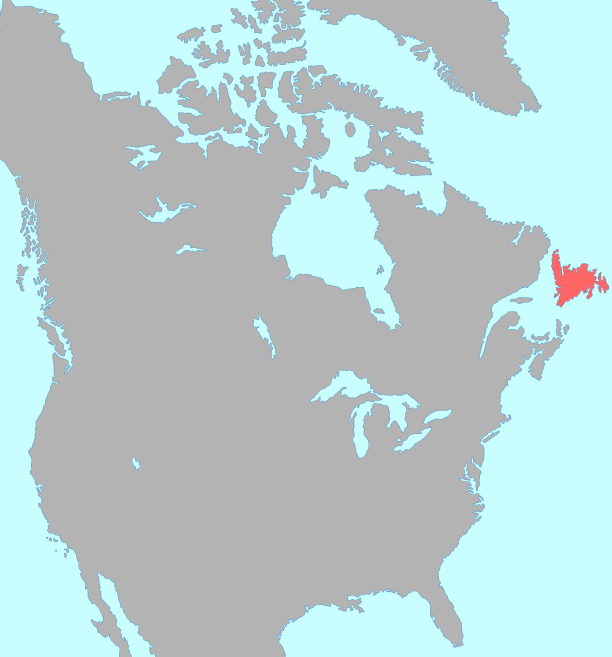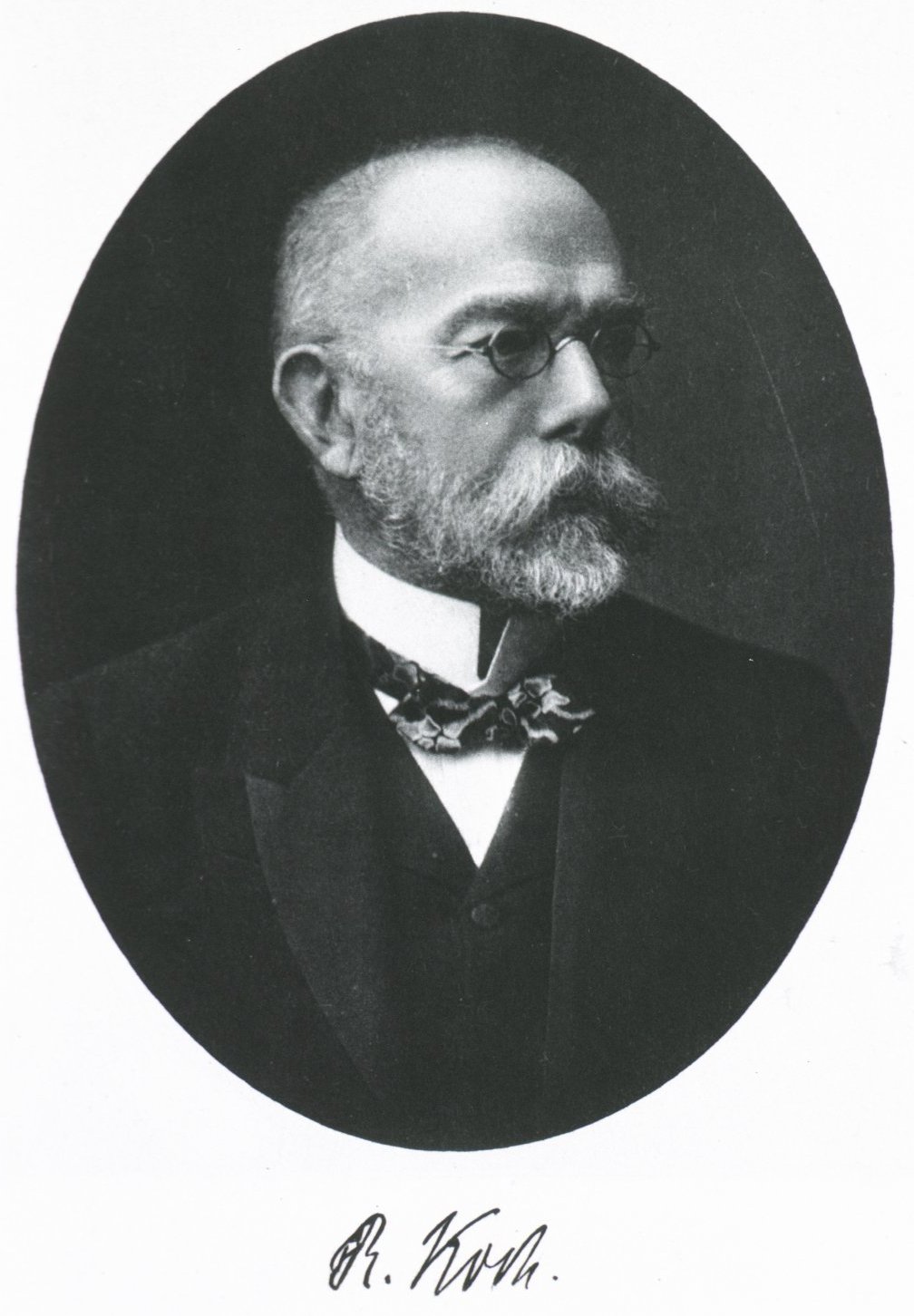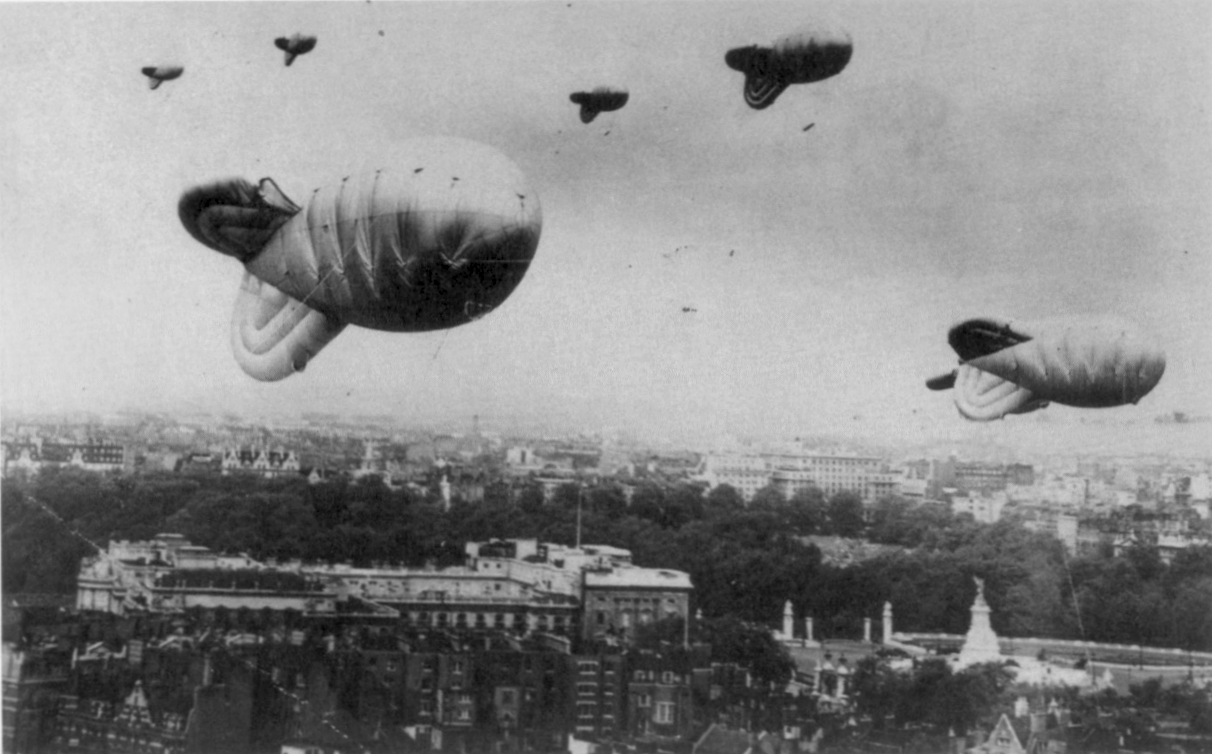|
Shanawdithit
Shanawdithit (ca. 1801 – June 6, 1829), also noted as Shawnadithit, Shawnawdithit, Nancy April and Nancy Shanawdithit, was the last known living member of the Beothuk people, who inhabited Newfoundland, Canada. Remembered for her contributions to the historical understanding of Beothuk culture, including drawings depicting interactions with European settlers, Shanawdithit died of tuberculosis in St. John's, Newfoundland on June 6, 1829. Early life with the Beothuk Shanawdithit was born near a large lake on the island of Newfoundland in about 1801. At the time the Beothuk population was dwindling, their traditional way of life becoming increasingly unsustainable in the face of encroachment from both European colonial settlements and other Indigenous peoples, as well as infectious diseases from Europe such as smallpox against which they had little or no immunity. The Beothuks were also slowly being cut off from the sea, one of their food sources. During this period, most In ... [...More Info...] [...Related Items...] OR: [Wikipedia] [Google] [Baidu] [Amazon] |
Beothuk
The Beothuk ( or ; also spelled Beothuck) were a group of Indigenous peoples in Canada, Indigenous people of Canada who lived on the island of Newfoundland (island), Newfoundland. The Beothuk culture formed around 1500 CE. This may have been the most recent cultural manifestation of peoples who first migrated from Labrador to present-day Newfoundland around 1 CE. The ancestors of this group had three earlier cultural phases, each lasting approximately 500 years. Description The Beothuk lived throughout the island of Newfoundland, mostly in the Notre Dame Bay, Notre Dame and Bonavista Bay areas. Estimates of the Beothuk population at the time of contact with Europeans vary. Historian of the Beothuk Ingeborg Marshall argued that European historical records of Beothuk history are clouded by ethnocentrism and unreliable. Scholars from the 19th and early 20th century estimated about 2,000 Beothuk individuals lived at the time of European contact in the 15th century; however, the ... [...More Info...] [...Related Items...] OR: [Wikipedia] [Google] [Baidu] [Amazon] |
Demasduit
Demasduit ( 1796 – January 8, 1820) was a Beothuk woman, one of the last of her people on Newfoundland. Biography Demasduit was born around 1796, near the end of the 18th century. It was once believed that the Beothuk population had been decimated by conflict with European settlers. However, the most reliable research today suggests instead that the Beothuk population was very small, between 500 and 1,000 people at the time of European contact, and when European settlers arrived permanently, the Beothuk were cut off from their traditional coastal hunting grounds. Furthermore, there was no one to promote peaceful relations between the Beothuk and the settlers. As Newfoundland's population was small, a missionary effort could not be supported, and the European governments were mainly interested in marine resources, so no agents were appointed to liaise with the native population. Further contributing to the Beothuk's demise was the arrival of European diseases in North America. ... [...More Info...] [...Related Items...] OR: [Wikipedia] [Google] [Baidu] [Amazon] |
Boyd's Cove, Newfoundland And Labrador
Boyd's Cove, also known as Boyd's Harbour, is a local service district and designated place in the Canadian province of Newfoundland and Labrador that is near Lewisporte. There is an interpretive centre dedicated to the earlier indigenous Beothuk settlement at this location. History Boyd's Cove was first settled by the Beothuks in the late 18th century. During the summer months, the people lived by the cove in wigwams built over shallow excavations in the ground. As well as more traditional activities, the group scavenged metal items left behind at French and English summer fishing camps, and refashioned these for their own use. Although these indigenous people didn't interact with European traders as much as most native peoples, some of the Beothuk were killed by encroaching settlers, and researchers have concluded that the group later died out partly because of exposure to disease and partly because of starvation, which in turn was caused both by the resulting poor ... [...More Info...] [...Related Items...] OR: [Wikipedia] [Google] [Baidu] [Amazon] |
William Cormack
William Epps Cormack (5 May 1796 – 30 April 1868) was a Scottish explorer, philanthropist, agriculturalist and author, born St. John's, Newfoundland and Labrador, St. John's, Newfoundland Colony, Newfoundland. Cormack was the first European Canadian, person of European descent to journey across the interior of the island. His account of his travels was first published in Britain in 1824. Interested in studying and trying to preserve Native culture, he founded the Beothuk Institution in 1827. Early life and education The son of a well-to-do Scottish family, Cormack was born in Newfoundland Colony, Newfoundland. He traveled to Scotland to study at the University of Glasgow and the University of Edinburgh, which were centres of the Enlightenment teaching and scholars. In 1818 he left the country to lead a group of Scottish emigrants to Prince Edward Island, where they settled on the Hunter River near Charlottetown, Prince Edward Island, Charlottetown. Career In 1822, he returne ... [...More Info...] [...Related Items...] OR: [Wikipedia] [Google] [Baidu] [Amazon] |
Persons Of National Historic Significance
Persons of National Historic Significance (National Historic People) () are people designated by the Canadian government as being nationally significant in the history of the country. Designations are made by the Minister of the Environment on the recommendation of the Historic Sites and Monuments Board of Canada. Approximately 70 nominations are submitted to the board each year. A person is eligible to be listed 25 years after death, but Prime Ministers may be designated any time after death. Parks Canada administers the program, and installs and maintains the federal plaques commonly erected to commemorate each person, usually placed at a site closely associated with them. The intent is generally to honour the person's contribution to the country but is always to educate the public about that person. Canada has related programs for the designation of National Historic Sites and National Historic Events. Events, Sites, and Persons are each typically marked by a federal plaque ... [...More Info...] [...Related Items...] OR: [Wikipedia] [Google] [Baidu] [Amazon] |
Newfoundland (island)
Newfoundland ( , ; , ) is a large island within the Canadian province of Newfoundland and Labrador. It is situated off the eastern coast of the Northern America, North American mainland and the geographical region of Labrador. The island contains 29 percent of the province's land area, but is home to over 90% of the province's population, with about 60% of the province's population located on the small southeastern Avalon peninsula. The island is separated from the Labrador Peninsula by the Strait of Belle Isle and from Cape Breton Island by the Cabot Strait. It blocks the mouth of the Saint Lawrence River, creating the Gulf of Saint Lawrence, the world's largest estuary. Newfoundland's nearest neighbour is the French overseas collectivity of Saint Pierre and Miquelon. With an area of , Newfoundland is the List of islands by area, world's 16th-largest island, List of Canadian islands by area, Canada's fourth-largest island, and the largest Canadian island outside Northern Can ... [...More Info...] [...Related Items...] OR: [Wikipedia] [Google] [Baidu] [Amazon] |
Tuberculosis
Tuberculosis (TB), also known colloquially as the "white death", or historically as consumption, is a contagious disease usually caused by ''Mycobacterium tuberculosis'' (MTB) bacteria. Tuberculosis generally affects the lungs, but it can also affect other parts of the body. Most infections show no symptoms, in which case it is known as inactive or latent tuberculosis. A small proportion of latent infections progress to active disease that, if left untreated, can be fatal. Typical symptoms of active TB are chronic cough with hemoptysis, blood-containing sputum, mucus, fever, night sweats, and weight loss. Infection of other organs can cause a wide range of symptoms. Tuberculosis is Human-to-human transmission, spread from one person to the next Airborne disease, through the air when people who have active TB in their lungs cough, spit, speak, or sneeze. People with latent TB do not spread the disease. A latent infection is more likely to become active in those with weakened I ... [...More Info...] [...Related Items...] OR: [Wikipedia] [Google] [Baidu] [Amazon] |
John MacGregor (Glasgow MP)
John MacGregor (1797–1857) was a Scottish statistician and politician. Early life MacGregor was born at Drynie, near Stornoway, on the Western Isles, Scotland, the eldest son of Janet (née Ross) and David MacGregor. The family emigrated to Canada in 1803, sailing to Pictou, Nova Scotia. In 1806, they moved to Covehead on Prince Edward Island. As a young man MacGregor set up as a merchant in Charlottetown. In 1822, he served in the office of high sheriff; he was dismissed as a result of involvement in the dealings of Charles Douglass Smith. Put on trial at Smith's behest, he became popular and in 1824 a member of the House of Assembly. He left Canada, travelling through North America, collecting statistics. Return to the UK Returning to the UK, MacGregor set up as a commission agent in Liverpool, in 1827. In 1836, MacGregor reported to the Board of Trade on the ''Zollverein''. In 1839 he represented the British government in the negotiations with the Kingdom of Naples for a ... [...More Info...] [...Related Items...] OR: [Wikipedia] [Google] [Baidu] [Amazon] |
Tuberculosis
Tuberculosis (TB), also known colloquially as the "white death", or historically as consumption, is a contagious disease usually caused by ''Mycobacterium tuberculosis'' (MTB) bacteria. Tuberculosis generally affects the lungs, but it can also affect other parts of the body. Most infections show no symptoms, in which case it is known as inactive or latent tuberculosis. A small proportion of latent infections progress to active disease that, if left untreated, can be fatal. Typical symptoms of active TB are chronic cough with hemoptysis, blood-containing sputum, mucus, fever, night sweats, and weight loss. Infection of other organs can cause a wide range of symptoms. Tuberculosis is Human-to-human transmission, spread from one person to the next Airborne disease, through the air when people who have active TB in their lungs cough, spit, speak, or sneeze. People with latent TB do not spread the disease. A latent infection is more likely to become active in those with weakened I ... [...More Info...] [...Related Items...] OR: [Wikipedia] [Google] [Baidu] [Amazon] |
Gerald Squires
Gerald Leopold "Gerry" Squires, (November 17, 1937 – October 3, 2015) was a Canadian artist. Best known for painting dramatic landscapes in acrylic and oil, Squires also produced major work in sculpture, lithography and stained glass. He was also an accomplished portraitist. Much of his work drew inspiration from the landscape and culture of Newfoundland and Labrador. Training and career Born in Change Islands, Newfoundland, Gerald Squires moved with his family to Toronto, Ontario at the age of twelve. In Toronto, he attended Danforth Technical School, where his natural artistic talent was encouraged. He later took night classes at the Ontario College of Art & Design. Upon graduating from Danforth, Squires supported his art practice by apprenticing as a stained glass artist, and later worked as an editorial artist with the Toronto Telegram for several years. He exhibited his work in Toronto in solo shows such as ''St. Francis of Assisi and Related Subjects'', ''The Canticle ... [...More Info...] [...Related Items...] OR: [Wikipedia] [Google] [Baidu] [Amazon] |
The Blitz
The Blitz (English: "flash") was a Nazi Germany, German bombing campaign against the United Kingdom, for eight months, from 7 September 1940 to 11 May 1941, during the Second World War. Towards the end of the Battle of Britain in 1940, a contest for daylight air superiority over the United Kingdom between the and the Royal Air Force, Germany began conducting mass air attacks against British cities, beginning with London, in an attempt to draw the RAF Fighter Command into a battle of annihilation.Price 1990, p. 12. Adolf Hitler and Hermann Göring, commander-in-chief of the Luftwaffe, ordered the new policy on 6 September 1940. From 7 September 1940, London was systematically bombed by the Luftwaffe for 56 of the following 57 days and nights. Notable attacks included a large daylight attack against London on Battle of Britain Day, 15 September, a large raid on 29 December 1940 against London -- resulting in a firestorm known as the Second Great Fire of London,Hooton 1997, p. ... [...More Info...] [...Related Items...] OR: [Wikipedia] [Google] [Baidu] [Amazon] |






